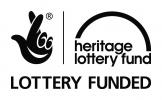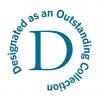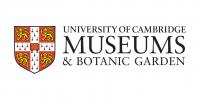What’s in the collection?
A thylacine, platypus, wombat and two echidnas
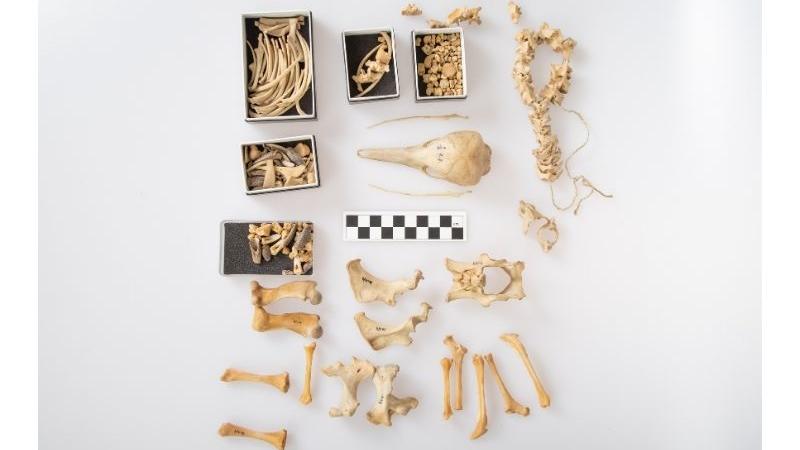
When did it arrive?
1868 and 1869
What do we know about the specimens in Cambridge?
They were purchased from London-based animal dealer Amschel Schwarzchild & Co. We include them here as this company does not appear to be well-known, and other museums who come across mention of them in their archives may benefit from what little we have found about them.
Any trade involving thylacine material is noteworthy, due to the tragic history of the deliberate extinction of this species, the largest carnivorous marsupial of modern times. Unfortunately, when material is traded through specimen dealers, it is very common for any details about who collected them, where and when to be lost. This is the case for this material – all we know is that it was sent from Hobart, and at least some of it was shipped to London on the vessel Harrowby.
Colonists in Australia were aware of the interest the local fauna had to European naturalists, and would have been encouraged by metropolitan animal dealers like Schwarzschild to supply specimens for sale.
This collection gives us some insight into the relative values put on Tasmanian specimens at the time. Thylacines were highly valued, in part because of their increasing rarity since the first bounties against them were implemented in 1830. The price quoted for this specimen in 1868 was £16. Platypuses were also of great zoological interest, as the debate about whether they lay eggs was still raging at this time. The dealers asked for £4.4.0 (pounds, shillings, pence). The wombat was quoted at £5.5.0. This does not necessarily mean that this is what was paid for them however – in 1869 the Museum purchased a further platypus and echidna from Schwarzschild & Co, and in one letter in our archive, the dealers complain that the Museum’s offer of £1.10.0 was very low (it’s unclear if this is the price for both or each), but they begrudgingly accepted.
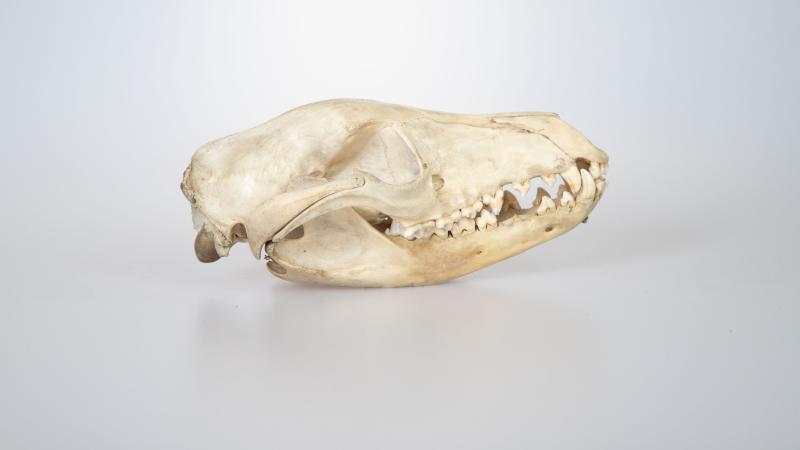
Who were Amschel Schwarzschild & Co?
They were fur merchants trading at 26 Lombard Street, London. Amschel Schwarzcshild was born in Frankfurt, Germany, and moved to England. In 1847 his marriage to Abigail Messeena (1829-1911) was conducted by the Chief Rabbi.
Our archives reveal that two people working for the company in the late 1860s were a Fred Bowron and a R. Lowery.


